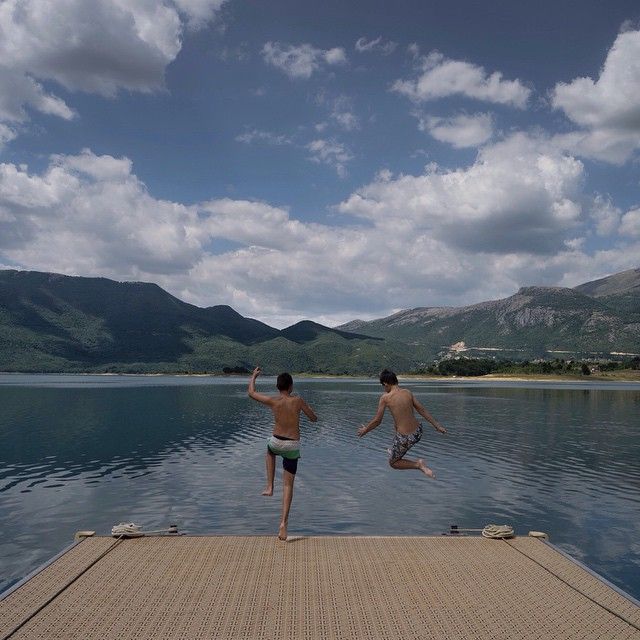Objective: In this lesson, you will compare how journalists and political leaders relate to historical events in Ireland and Bosnia, then use their techniques to describe how the past shapes a location familiar to you. This exercise aims to demonstrate how the ways we discuss the past can influence our attitudes and actions in the present.
Step 1: Answer these Warm-up Questions Individually
1. In your family, are there any events that your parents or older siblings discuss that you don't remember? Have you ever wanted to learn more about them?
2. Imagine you suddenly have to change schools. What aspects of the school's past--rivalries with other schools, teachers' reputations, friends breaking up, etc.--do you think would be most important to learn? Why?
Step 2: Read Laura Flanders's article "Ireland: 100 Years After the Rising" and Elisabeth Zerofsky's "Boundaries and Renewal in Bosnia" on the Pulitzer Center website. Jot down answers to the Comprehension Questions for each as you read.
Step 3: Prepare answers to the following Extension Questions individually, then discuss them as a class
1. Try to cut the references to the 1916 Easter Rising in Laura Flanders's article or the Dayton Peace Agreement in Elizabeth Zerofsky's. What happens to each article?
2. Flanders draws mainly on personal experience in describing Ireland's Troubles, while Zerofsky relies more on imagery and interviews to capture the effects of the Dayton Agreement in Bosnia. What are the benefits and drawbacks of each method?
Step 4: Complete the following Extension Activity
Pick a location in your life that can't be fully understood without understanding a past event. It could be a cafeteria table where a particular group gathers every day, a public building whose design or layout confuses people from outside your town, or another, similar location. Using the methods that Flanders, Zerofsky, and the people that they write employ, describe this place and your opinion on it.
CCSS.ELA-LITERACY.RH.9-10.4
Determine the meaning of words and phrases as they are used in a text, including vocabulary describing political, social, or economic aspects of history/social studies.
CCSS.ELA-LITERACY.RH.9-10.6
Compare the point of view of two or more authors for how they treat the same or similar topics, including which details they include and emphasize in their respective accounts.
This lesson plan, prepared according to 9th and 10th grade Common Core ELA standards for History and Social Studies, asks students to compare the presentation of historical events in articles by two different Pulitzer Center grantees. The first article, Laura Flanders's "Ireland: 100 Years after the Rising," focuses on how contemporary Irish politics are shaped by that country's 1916 uprising against British rule, and by the "Troubles" of the 1970s and '80s. The second article, "Boundaries and Renewal in Bosnia" by Elizabeth Zarofsky, explores the legacy of the Balkans war of the 1990s. Before reading these two articles, students consider how certain elements of their own lives and communities cannot be understood without understanding events that took place before they arrived. Both articles deal with this problem, enabling students to explore several methods of historical writing. In the extension activity, students demonstrate their knowledge of these methods by applying them to describe a location or event in their daily lives.



